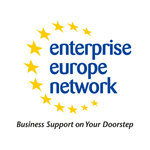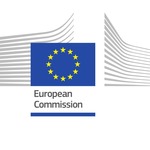Summary
Slovak company is producing DIN modular electric components such as miniature circuit breakers, residual current circuit breakers, cam switches. Company also deas with plastic injection moulding, metall processing, tool designing and assembly works. Company is looking for distributors, trading companies, suppliers using plastic&metal parts, energy distributors from energy, automotive, metal processing, plastic injection moulding sector and companies which are dealing with lack of capacity.
Description
Establishment alredy in 1948, the Slovak company produces modular DIN equipment:
- miniature circuit breakers
- residual current circuit breakers
- residual current circuit breakers with overcurrent protection
- can switches
- modular switches
- shunt trip switches
- undervoltage trip switches
- houshold switches & sockets
Devices and equipment are meant for electricity installations in houses, industrial buildings, schools, shopping centers etc. Company also offers medium or high voltage for outdoor and indoor disconnectors for electricity distributors up to 52,5 kV and for railways.
The Slovak company is present in most of European countries (Germany, Poland, Czechia, Sweden, Italy, Portugal, Spain, Denmark, Ukraine...), but also supplies to Asia and North Africa.
Currently they are looking for:
- distributors of modular equipment
- trading companies
- suppliers using plastic&metal parts
- energy distributors / electricity distributors / railways
- project companies in construction industry or Electricity distributors or Railways
Company is looking also for producers which have not enough own capacities in the area of plastic injection moulding, metall processing, tool design and building or which do not have enough capacities in any kind of assembly works.








